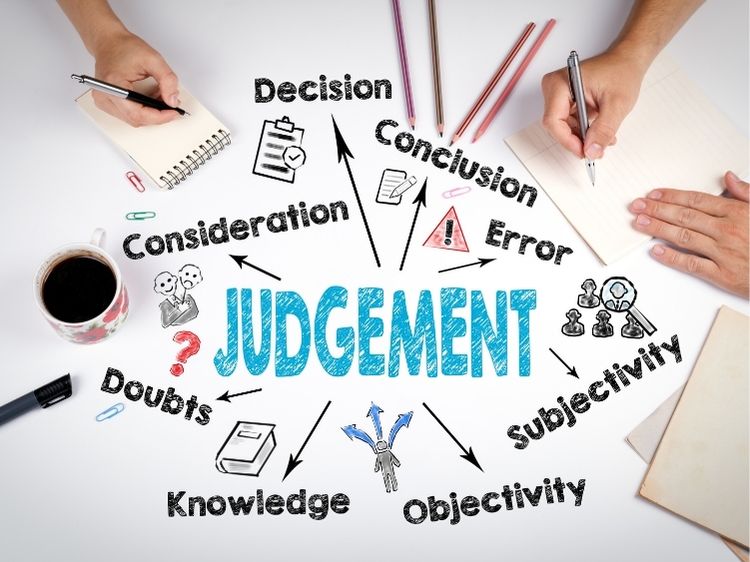The term “suspended sentence” in the field of criminal law is a legal term that permits a court to delay or stop an execution in certain conditions. This kind of sentencing allows the offender to stay out of jail for some time in the event that they comply with the guidelines that the judge sets. This is typically utilized to balance the concepts of rehabilitation and punishment by giving individuals an opportunity to rehabilitate while being held accountable for their actions.
Understanding the Concept of a Suspended Sentence
A suspended sentence doesn’t mean that the offender is free of legal repercussions. It is, instead, a form of conditional punishment that is in force for a specific time. If a person is able to fulfil all the conditions imposed by the court, the sentence will not be applied. However, any breach of the terms could result in the initial sentence being enforced, which can lead to incarceration or other punishments.
The principal goal of suspending a sentence is to prevent further criminal activity while giving the chance to recover. The courts typically limit this option to those who pose a minimal risk to society. They emphasize positive measures instead of punitive ones. Offering a viable alternative to imprisonment suspension sentences can help decrease the prison population and aid in the process of social integration.
Types of Suspended Sentences in Criminal Law
Two types of suspended sentences are fully suspended and partly suspended. A fully suspended sentence means the whole sentence is put in limbo, subject to the compliance of court-imposed conditions. A part-suspended sentence requires that the person who is being punished serve a part of the sentence before suspension becomes effective. The exact nature of the suspension will depend on aspects like the severity of the offence, prior criminal record, and judicial discretion.
Courts can impose a variety of conditions for suspended sentences, including community service, probation, restitution to victims, and mandatory counselling. These terms aim to help rehabilitate the perpetrator while making sure that the public is safe. If a person adheres to these conditions, they can stay clear of legal consequences; however, any violation could result in immediate enforcement of the sentence originally imposed.
Legal Framework and Application
Suspended sentences are frequently utilized in various legal systems, though there are a few different ways in which they are interpreted. In certain states, they’re used only for minor crimes, whereas others allow them in more serious instances, according to the discretion of the judge. Judges consider a variety of factors prior to giving a suspended sentence, such as the severity of the offence, the background of the perpetrator, and any other factors that may affect the sentence.
The legal foundation for suspended sentences is proportionality, which ensures that the punishment is consistent with the crime committed. The courts will determine whether the offenders show remorse, cooperation, and willingness to make changes before deciding whether to suspend. This method seeks to balance the need for justice and the possibility of helping someone recover, which is the humane aspect of the criminal justice system.
Advantages and Criticism of Suspended Sentences
Suspended sentences can offer various benefits, particularly in instances in which incarceration might not be the most effective method of punishment. They give offenders an opportunity to change their behaviour and remain productive members of society. In addition, they ease the stress on correctional facilities by reducing the number of people who are serving prison terms.
However, some critics believe that suspended sentences could appear to be considered lenient and could undermine the effectiveness of criminal law. There is a belief that offenders who are given suspended sentences might not be aware of the seriousness of their conduct, and this could result in concerns over the possibility of recidivism. In addition, inconsistencies in the judiciary discretion could lead to differences in sentencing, which raises questions regarding fairness and equality within law enforcement.
Despite this, however, suspended sentences remain an important tool in modern criminal law. They are a sign of a shift towards rehabilitation-based justice, which recognizes that some offenders do not need the incarceration process to prevent the recurrence of crime. Proper oversight and enforcement of terms are crucial in ensuring the quality of the sentencing process.
Conclusion
An indefinite sentence under the criminal law system is an essential aspect of the system of justice that balances punishment and rehabilitation. Allowing offenders to show respect for the law without immediate imprisonment can be a viable solution in certain legal cases. However, its efficiency is contingent on the correct use of guidelines and strict monitoring of compliance. As the legal frameworks change, the suspension of sentences is likely to remain a vital element of the criminal law system, providing a more nuanced approach to justice that is beneficial for both the individual and the society.
